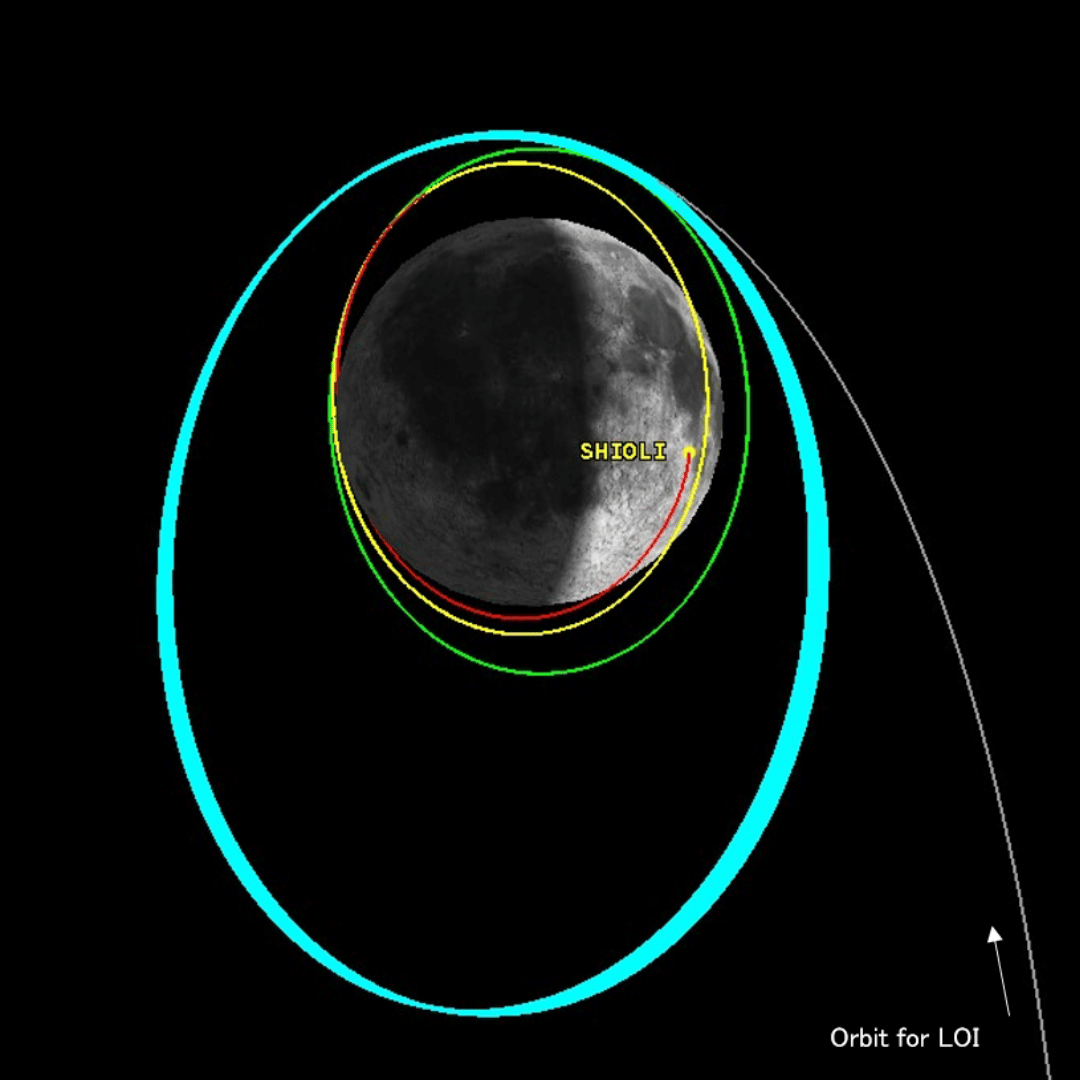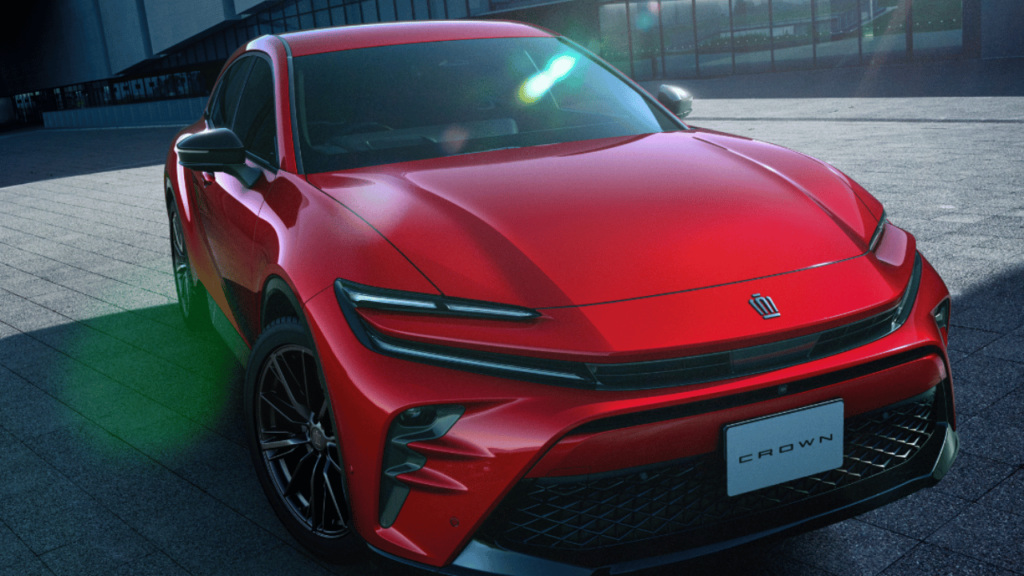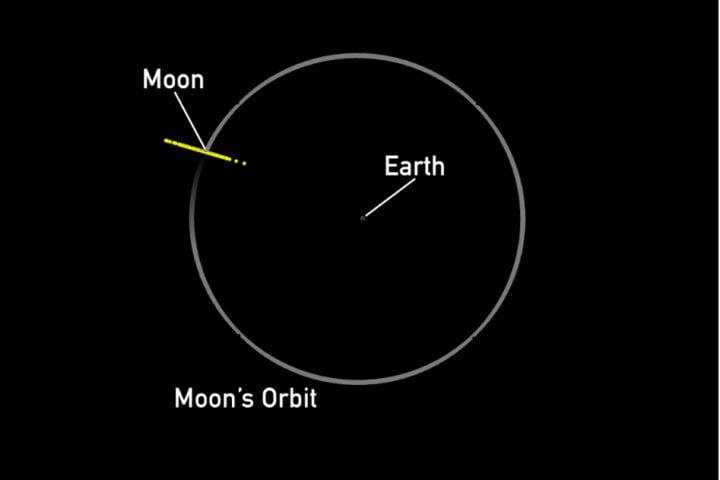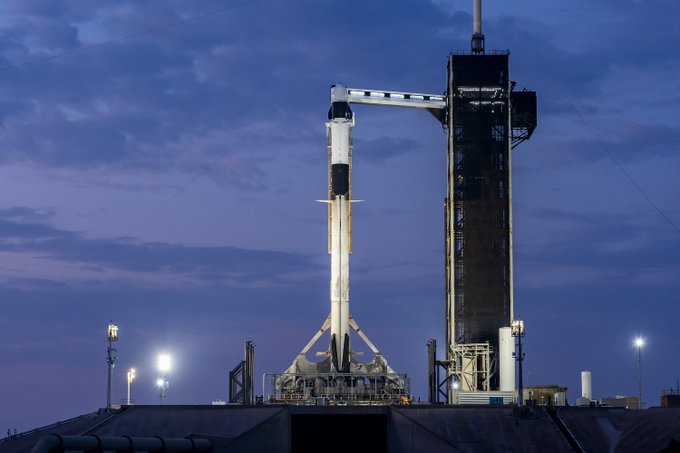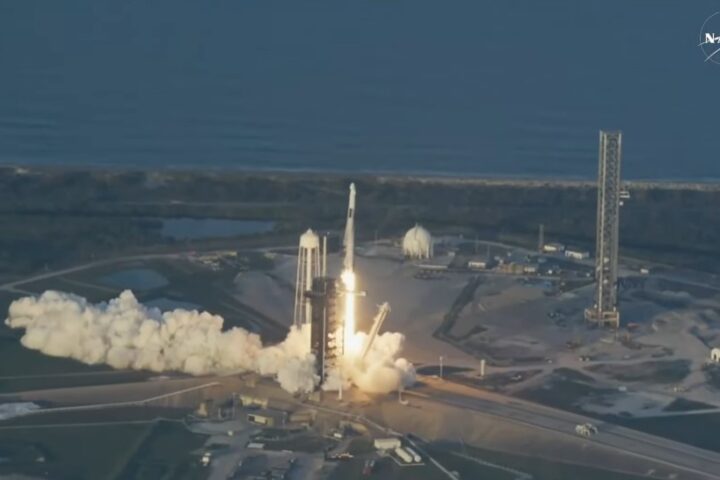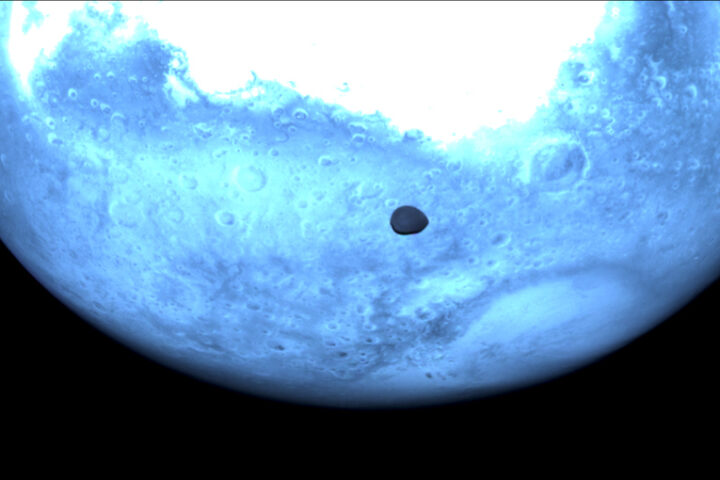Japan’s space agency, JAXA, is making headlines with its Smart Lander for Investigating Moon (SLIM) mission, an innovative leap in lunar exploration. Launched on September 7, 2023, SLIM is all about precision and cutting-edge technology in a compact package.
SLIM’s goal? To achieve a pinpoint landing on the Moon’s surface, something akin to a bullseye in lunar terms. It’s no easy feat, considering the complexities of lunar navigation and landing. This 200-kilogram lander, relatively lightweight compared to previous missions, aims to land within a mere 100 meters of its target on the Moon – a level of accuracy that’s groundbreaking.
The journey to the Moon wasn’t a straight shot. After launching into Earth’s orbit, SLIM took a fuel-efficient path, swinging close to the Moon before heading out into space and then looping back to the Moon. This smart trajectory saved fuel, reduced costs, and demonstrated an innovative approach to space travel.
Once in lunar orbit, SLIM began fine-tuning its path. It’ll lower its orbit gradually until it’s in the right position for the landing attempt in January 2024. The landing strategy is pretty high-tech. Using a combination of a vision-based navigation system, a laser range finder, and data from Japan’s SELENE orbiter, SLIM will autonomously steer itself to the designated landing zone.
Similar Posts
And what’s the landing zone? The Shioli crater, a spot chosen for its scientific value. Here’s where it gets even more exciting: once landed, SLIM will use its Multi-Band Camera to analyze the crater’s surface, contributing valuable data to our understanding of the Moon.
If successful, SLIM will cement Japan’s place as the fifth country to achieve a soft landing on the Moon, joining an elite group of spacefaring nations. But it’s more than just a competition. SLIM represents a step forward in our quest to understand the Moon and, by extension, our place in the cosmos.
SLIM is a blend of ambition, innovation, and the enduring human spirit of exploration. It’s a mission that combines advanced technology with a dash of space nerd excitement, all wrapped up in a journey to our nearest celestial neighbor.
